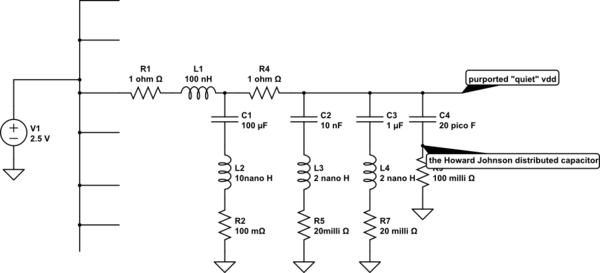In the past I've tried to use 10nF (0.01uF) and/or 100nF (0.1uF) capacitors for decoupling ICs and micro-controllers.
However, I've heard that when using physically small capacitors (for example 0402), the capacitance of the capacitor doesn't affect the frequency response, and therefore it's best to just use the largest value you can get.
Therefore, I was wondering if it's a good idea for me to just buy a lot of 1uF capacitors in 0402 packaging and always use one of these going forwards (is 1uF too high?).
Specifically I was thinking about this one: http://datasheet.octopart.com/CL05A105KP5NNNC-Samsung-datasheet-26589000.pdf
It's 1uF, 10V and 0402, it also works up to 85 degrees celsius and is made by a brand I've heard of. It's also pretty cheap at 0.5 cents each.
I'm interested if there's any reasons I'd need other values, or if this is a good idea. Additionally, should I stretch to 5uF in 0402 size? Is there a limit? (I can't solder smaller than 0402.)
Thank you.



